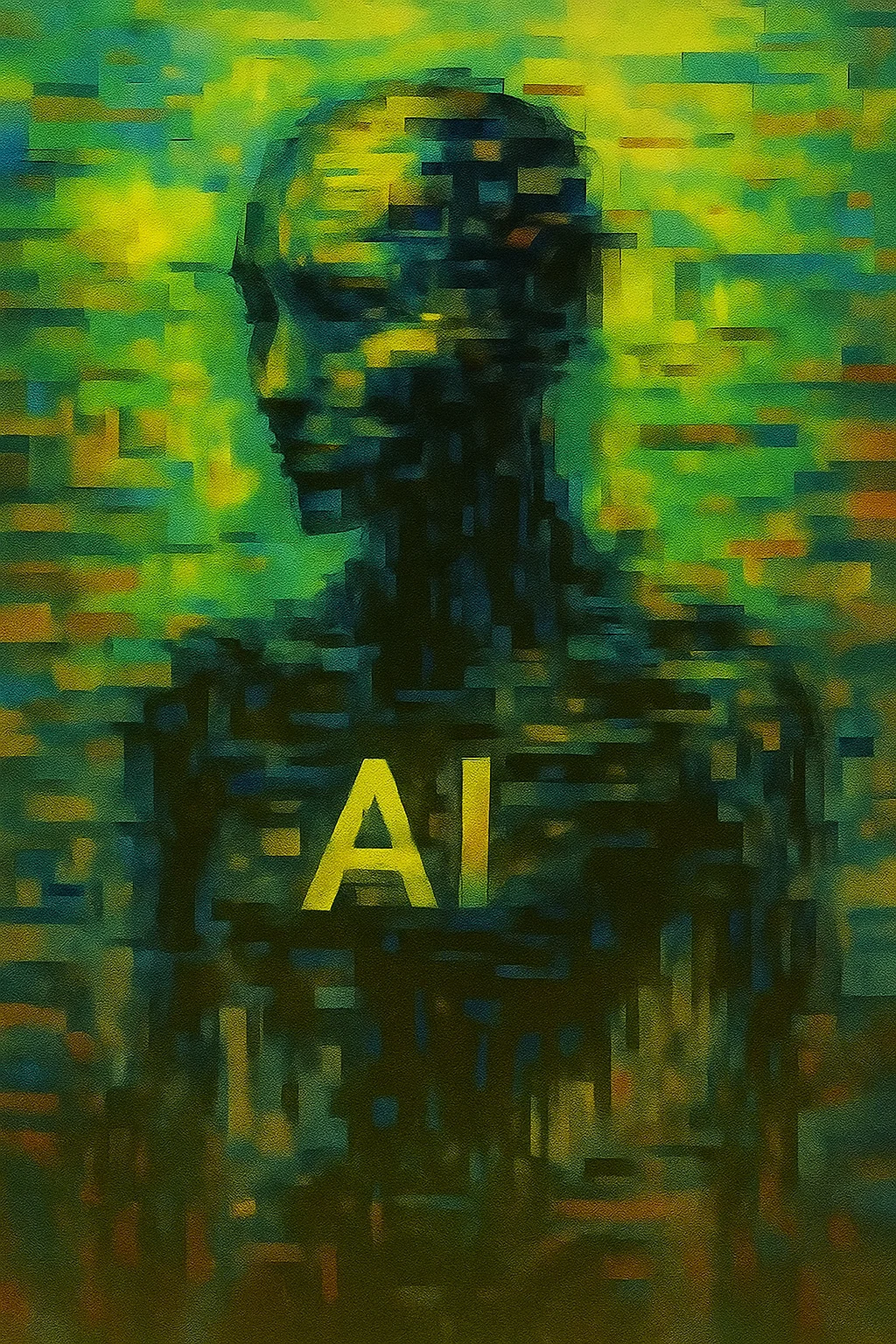There’s a lot of hype around AI – but most charities just want to know what it is, what it does, and how it could help them.And how can it make a real difference for the people we help?
So I’ve put together a plain-English glossary of the most relevant terms, plus real examples of how each one can help your work and save your time.👇
MOST USEFUL AI TERMS FOR CHARITIES
🔹 LLM (Large Language Model)
These are the brains behind tools like ChatGPT and Claude. They’re trained to understand and generate human language.
📌 Use it to: summarise reports, draft blog posts and, write funding applications faster.
🔹 Prompt Engineering
The art of asking better questions. The way you phrase a prompt massively changes the answer you get.
📌 Use it to: write clearer prompts when using AI to generate ideas, create comms, or review complex info.
🔹 Fine-tuning
Training a general AI on your charity’s own data so it responds in your voice and knows your domain.
📌 Use it to: create an internal chatbot that knows your tone of voice, or supports your community with accurate info.
🔹 RAG (Retrieval-Augmented Generation)
Lets AI search your documents in real-time to answer questions, instead of guessing from memory.
📌 Use it to: power a search tool or chatbot that answers from your safeguarding policies, programme content, or CRM.
🔹 GEO (Generative Engine Optimisation)
Like SEO, but for AI. It’s about writing content in ways that AI tools can understand and surface correctly when people ask questions.
📌 Use it to: increase how often your work is cited by AI tools - and make sure they get your message right.
🔹 Hallucinations
When AI makes something up. It’s not lying - it just doesn’t have the right info and is still too eager to please! Avoid risk by using RAG, providing better sources or building in review workflows.
🔹 Model
The core system that processes your input and generates a response. Different tools run on different models.
📌 Important to choose the best tool for your use case (e.g. ChatGPT 4o for common tasks, o3 for more strategic thinking).
🔹 MCP (Model Context Protocol)
A new standard that allows AI tools to securely plug into calendars, CRMs, and email tools.
📌 Use it to: build future tools that update your systems or take actions automatically without complex integrations.
NICE TO KNOW (LESS COMMON DAY-TO-DAY)
🔹 Inference
This is the “thinking moment” – when the AI reads your input and generates a reply. These are important to consider when trying to build AI in a cost-efficient manner.
🔹 Training / Pre-training
The initial process where AI reads billions of words (e.g. from books and websites) to learn language patterns.
📌 Only relevant if you’re commissioning a custom model from scratch - rare for a lot of charities right now.
🔹 Supervised Learning
The AI learns by being shown examples with correct answers (e.g. emails marked spam or not).
📌 Use it to: build tools that can automatically sort or tag data, like incoming messages or service requests.
🔹 RLHF (Reinforcement Learning from Human Feedback)
AI is improved based on what people rate as good or bad answers.
📌 Use it to: build feedback loops to improve your custom AI tools
🔹 Transformer
A technical breakthrough that made modern AI possible by helping models understand context better.
🔹 Unsupervised Learning
The AI finds patterns in data without being told what’s right.
📌 Use it to: cluster similar supporter behaviour or analyse survey text responses.
🔹 Post-training
Extra steps after initial training (like fine-tuning or RLHF) that make a model more helpful or safe.
📌 Useful to know when comparing off-the-shelf vs custom models - or asking a vendor how their tool was trained.
AI can absolutely help charities do more, with less – but only if you understand what you’re using and why. We’re building, testing, and explaining AI tools with organisations across the sector. If you’re curious, we’d love to talk.


